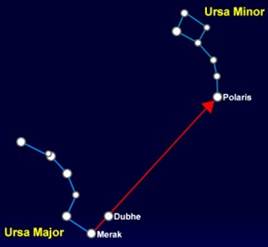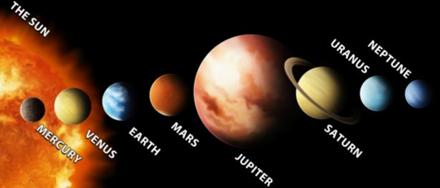Stars and the solar system Worksheet-4
-
In which part of the sky can you find Venus, if it is visible as an evening star?
-
Name the largest planet of the solar system.
-
What is constellation? Name any two constellation.
-
Name two objects other than planets which are members of the solar system.
-
Explain how you can locate the pole star with the help of Ursa Major.
-
Do all the stars in the sky move? Explain.
-
Why is the distance between stars expressed in light years? What do you understand by the statement that a star is eight light years away from the earth?
-
The radius of Jupiter is 11 times the radius of the Earth. Calculate the ratio of the volume of Jupiter and the Earth. How many Earths can Jupiter accommodate?
-
Sketch a rough diagram of the solar system.
-
What is sun?
Answer:
-
–
-
Jupiter.
-
A group of star which has a recognizable shape is called constellation. Two constellations are great Bear and Orion.
-
Comets and asteroids.
-
Pole star can be located with the help of the three stars at the end of Ursa Major. Imagine a straight line passing through these stars. Extend the imaginary line in north direction. This line is about five times the distance of between two stars. A star is to be seen in this direction. This is pole star.

-
No. They appear to move from east to west. It is due to the rotation of earth in which we live. The earth moves from west to east. But pole star does not appear to move.
-
Stars are very far away from each other. The distance among them is in millions and millions of kilometers. So if we mention the distance in kilometers we will get very big data. So we use another term light year to express the distance among celestial bodies. For example the distance between sun and earth is 150,000,000 km. Where as the distance of alpha centaury is 40,000,000,000,000 km. It is not convenient to show these distances in km. So they are expressed in light year. A light year is the distance covered by light in one year. Eight light year means the distance covered by light in eight years.
-
Let the radius of Earth = R units
∴ Volume of Earth  units.
units.
Now, the radius of Jupiter = 11R units.
∴ Volume of Jupiter  . units.
. units.
Now the ratios of the volume of Jupiter and Earth


= (1331/1)
= 1331:1
So 1331 Earths can be accommodated in one Jupiter.
-

-
Sun is a star.

 units.
units. . units.
. units.![]()

